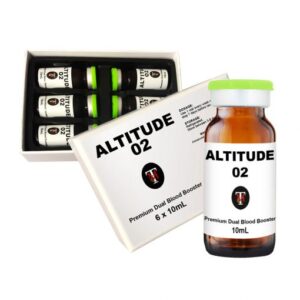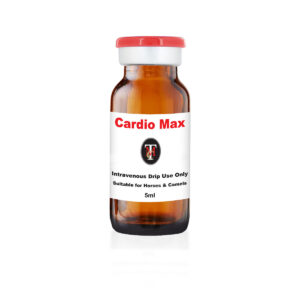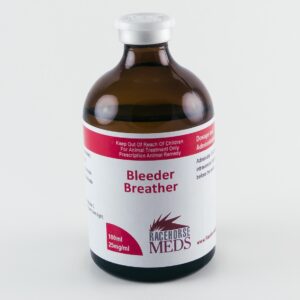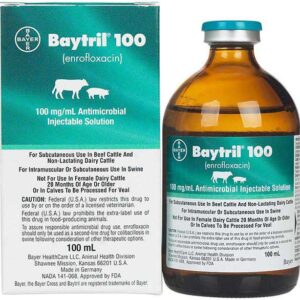Hyalovet is used for the intra-articular treatment of carpal or fetlock joint dysfunction in horses due to acute or chronic, non-infectious synovitis associated with equine osteoarthritis. Trusted by veterinarians for over 20 years, Hyalovet uses molecular filtration technology that removes extraneous fractions and impurities, providing dosing flexibility with 2 mL vial and 2 mL syringe presentations.
- Molecular filtration technology removes extraneous fractions and impurities
- FDA approved hyaluronic acid
- No refrigeration required, stores at room temperature
Hyalovet
This page contains information on Hyalovet for veterinary use.
The information provided typically includes the following:
- Hyalovet Indications
- Warnings and cautions for Hyalovet
- Direction and dosage information for Hyalovet
Hyalovet
This treatment applies to the following species:
- Horses
Company: Boehringer Ingelheim(hyaluronic sodium)
Veterinary Injection
20 mg/2 mL (10 mg/mL)
NADA 140-806, Approved by FDA
For intra-articular administration in horses only
Hyalovet Caution
Federal law restricts this drug to use by or on the order of a licensed veterinarian.
Description
Hyaluronic acid is the prototype of a wide range of saccharide biopolymers (glycosaminoglycans or mucopolysaccharides) consisting of repeating disaccharide units of N-acetyl-D-glucosamine and D-glucuronic acid linked by beta 1-3 and beta 1-4 glycosidic bonds. A component of all mammalian connective tissue, hyaluronic acid confers viscoelastic and lubricating properties to synovial fluid1 and structural integrity to cartilage matrix2. As a therapeutic agent, hyaluronic acid injected into arthritic joints has been shown, in a variety of animal model systems including horses3, to improve joint function and to activate tissue repair processes in articular cartilage.
Hyalovet (hyaluronate sodium) is clear, colorless, viscous solution of a specific fraction of highly purified hyaluronic acid obtained by a molecular filtration procedure from biological material (rooster combs). The specific hyaluronic acid fraction from which Hyalovet is made has a high degree of molecular definition with an average molecular weight of 500,000-730,000 D.
Dosage and Administration
The recommended dose of Hyalovet (hyaluronate sodium) is 2 mL (20 mg hyaluronate sodium) in small or medium sized joints (carpus, fetlock) given by intra-articular injection. More than one joint may be treated at the same time. If necessary, the injection may be repeated after one or more weeks, but not to exceed 2 injections per week for a total of 4 weeks.
Hyalovet should be injected using strict aseptic technique. Excess synovial fluid should be removed prior to injection.
For best results horses should be given two days of rest or limited exercise before resuming normal training.
Contraindications
There are no known contraindications.
Warning
Do not use in horses intended for human consumption. Not for human use. Hyalovet Injection must not be administered intravascularly.
Precautions
Used or partially used syringes should be crushed and disposed of in an approved landfill.
Adverse Reactions
As with any intra-articular injection a mild inflammatory response (tenderness, heat and swelling) may be seen in the joint following Hyalovet injection. The response is self limiting but may last from two to five days after treatment. If inflammation is excessive or severe, the possibility of infection should be considered and appropriate antibiotic therapy instituted.
To report suspected adverse reactions, to obtain a Material Safety Data Sheet or for technical assistance call 1-866-638-2226.
Clinical Pharmacology
Results of gel chromatography studies demonstrate that Hyalovet (hyaluronate sodium) induces aggregation of cartilage proteoglycans sub-units as previously described for other fractions of hyaluronic acid2. In equine model studies of acute synovitis of the carpal joint, a single intra-articular injection of Hyalovet resulted in statistically significant (p<0.05) functional improvement with regard to lameness, swelling, pain, heat and joint flexion in a dosage dependent fashion. In chronic osteoarthritis secondary to carpal fracture in horses, a single intra-articular injection of 20 mg Hyalovet resulted in statistically significant (p<0.05) reduction in radiopharmaceutical uptake in subchondral bone, as compared to saline injected controls, a finding consistent with reduced inflammation. In controlled clinical trials in horses with lameness due to arthroses of the carpal or fetlock joints, intra-articular injection of 20 mg Hyalovet resulted in marked reduction in clinical lameness, pain on palpation, pain on flexion and facilitated return to training. A measurable and statistically significant (p<0.005) decrease in joint circumference was detected in the horses.
ANIMAL SAFETY:
In subacute toxicity studies, in horses, intra-articular injection of Hyalovet at the recommended dosage (20 mg/joint) and at 3X and 5X multiples of that dosage, daily for four days followed by twice weekly injections for four additional weeks, resulted in no evidence of toxicity either locally within the joint or systemically in the horses. Slight increases in synovial fluid leucocytes and protein were attributed to the trauma associated with frequent joint injections.
Results of skin testing in horses following repeated intra-articular injections of 40 mg Hyalovet into tibiotarsal joints indicated that the product is non-antigenic in horses; no sensitization was detected.
Storage
Store at or below 25°C (77°F).
How Supplied
Hyalovet Veterinary Injection is supplied in a 2 mL syringe or vial containing 20 mg hyaluronate sodium per 2 mL.
NDC 0010-4705-01: 2 mL syringe
NDC 0010-4705-02: 2 mL vial
References
1. Swann,D.A. et al: Role of hyaluronic acid in joint lubrication. Annals of the Rheumatic Diseases, 33 (1974): 318-326.
2. Hascall, V.C. and Heinegard, D.: Aggregation of cartilage proteoglycans. I. The role of hyaluronic acid. Journal of
3. Gingerich, D.A. et al: Effect of exogenous hyaluronic acid on joint functions in experimentally-induced equine osteoarthritis: dosage titration studies. Research in Veterinary Science, 30 (1981): 192-197.
is a registered trademark of TRB Chemedica International S.A., Geneva, Switzerland.





Reviews
There are no reviews yet.